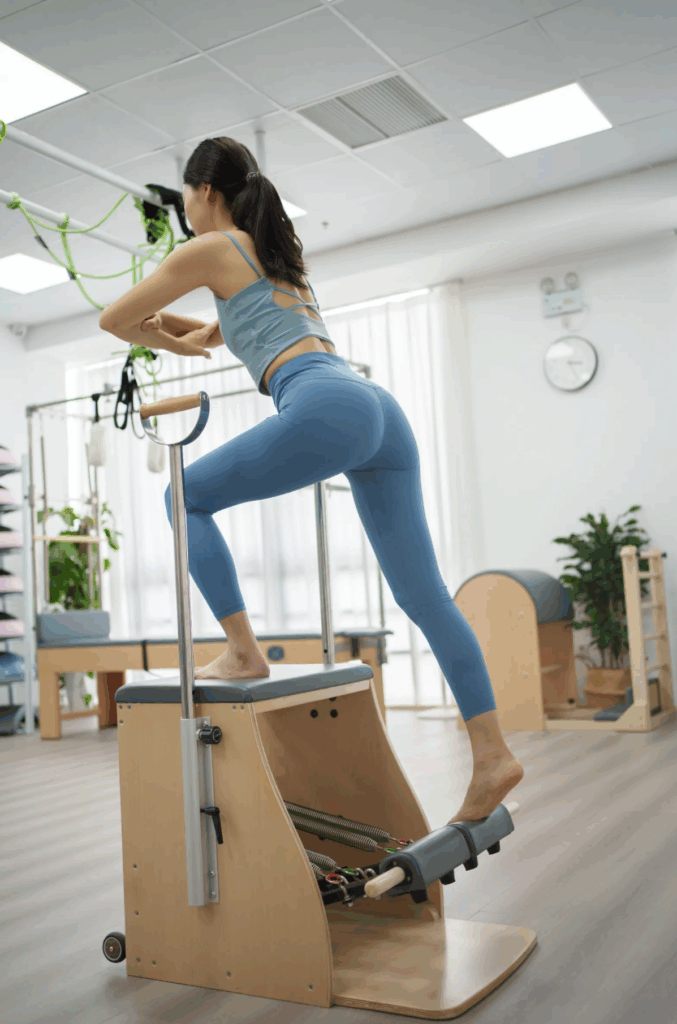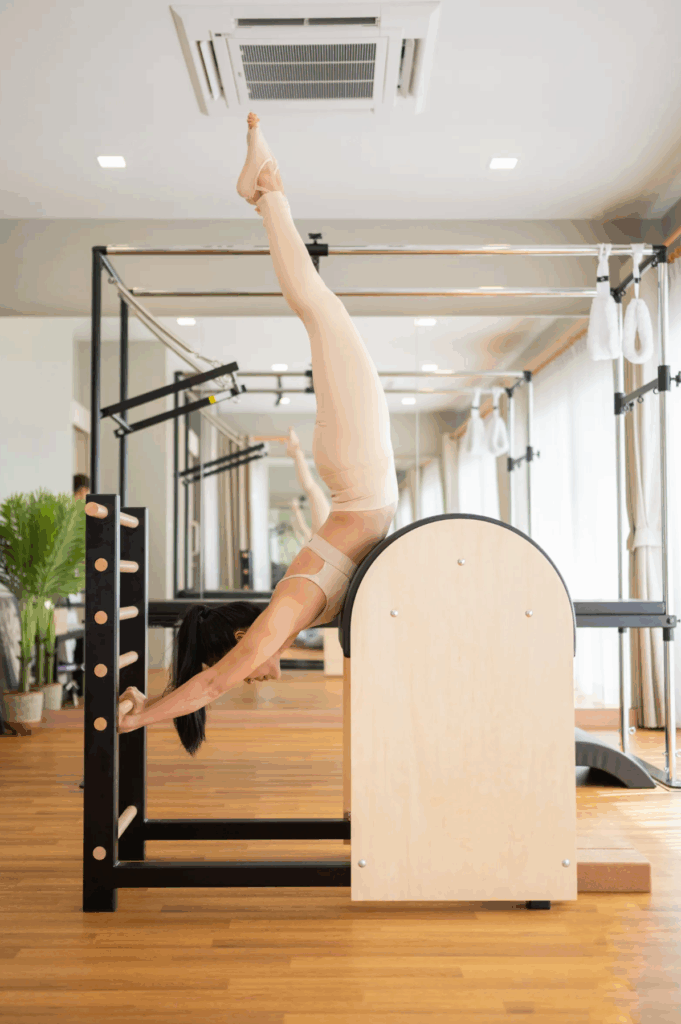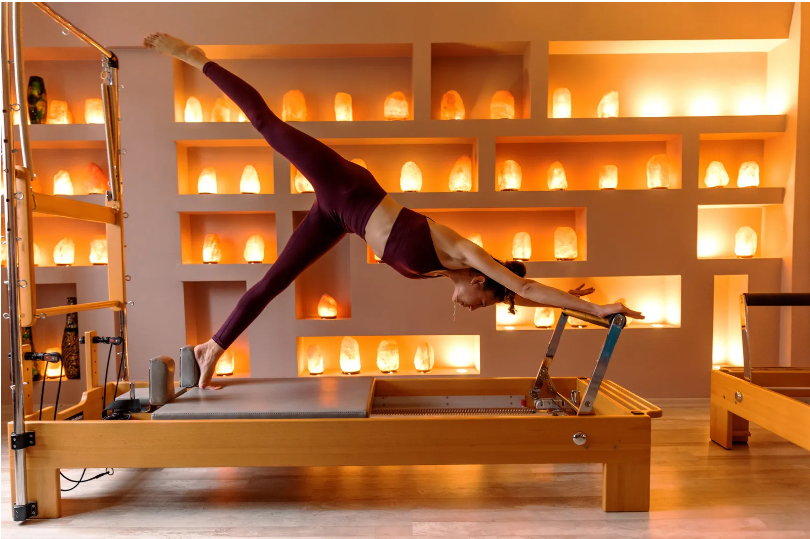Every decade has its “it” workout. The ’80s had aerobics, the ’90s gave us inline skating, the 2000s were all about yoga, and the 2010s turned spinning into a cult. And now? The 2020s belong to Reformer Pilates—a workout done on a sleek resistance-based machine that’s as photogenic as it is challenging.
Scroll through Instagram or TikTok and you’ll see the hashtag #ReformerGirl attached to endless videos of toned bodies in matching sets, gliding gracefully on Pilates beds inside minimalist studios. But is Reformer Pilates just another social media trend—or something deeper?

A German Invention with American Stardom
Though it feels like the hottest export from New York’s boutique fitness scene, Pilates actually began in Germany. Its founder, Joseph Hubertus Pilates, was born in 1883 in Mönchengladbach. Frail as a child, he became obsessed with building strength and resilience through movement.
He called his method Contrology, emphasizing the importance of controlled movements and conscious breathing. His 1945 book, Return to Life Through Contrology, was radical for its time, arguing that physical and mental balance were inseparable.
By the mid-20th century, Pilates had taken root in the U.S., embraced by Broadway dancers and Hollywood actors who loved its ability to prevent injuries, refine posture, and enhance body awareness. While Germany itself was slower to catch on, America turned Pilates into a lifestyle: boutique studios, chic workout gear, post-class matcha lattes, and of course, Instagram-worthy mirror selfies.
From War-Time Beds to Today’s Reformers
The Reformer itself has surprising origins. During World War I, while interned in an English camp, Joseph Pilates used bed springs to help fellow detainees exercise and recover. This improvisation became the blueprint for the Reformer: a moving carriage attached to springs that create adjustable resistance.
Unlike mat Pilates, which relies solely on bodyweight, Reformer work adds precision and instability, requiring deeper core engagement and refined control. Professional athletes, dancers, and even golfers now use it to build strength, balance, and body awareness.
Becoming a Pilates Instructor: More Than Pretty Studios
The explosion of Reformer Pilates studios has created both opportunity and concern. According to Munich-based instructor Tina Winderl, who trained under renowned teacher Dagmar Mathis-Wiebe, some studios are prioritizing interiors over instructor training.
To be certified, teachers must complete around 150 hours of mat training plus another 150 hours on equipment, often spanning a year or more. “It’s not enough to be athletic,” Winderl explains. “When an instructor says, ‘Connect your pelvis to your rib cage,’ you need to know what that means. Without a foundation, Reformer Pilates becomes just another workout—losing the essence of precision, breathing, and control.”

Who Is Reformer Pilates For?
On social media, Pilates is often portrayed as a workout for young, slender women in pastel leggings. But Joseph Pilates designed his system to be universal—adaptable for all bodies, ages, and fitness levels.
“The exercises can be tailored to anyone,” Winderl says. “I’ve seen teenagers use it to build body awareness and older clients use it to maintain mobility.” In her studio, there are no mirrors—encouraging students to focus inward, not compare themselves to others.
Beyond the Aesthetic
Yes, Reformer Pilates sculpts lean muscles and looks good on camera, but that’s not why it’s survived for a century. In an age of overstimulation, its true power lies in its emphasis on stability, awareness, and presence. It strengthens without exhaustion, calms the nervous system, and cultivates balance rather than burnout.
Trends come and go, but Reformer Pilates isn’t going anywhere. Its history and impact prove it’s more than a passing craze—it’s a practice that can transform both body and mind. And if you happen to snap a glowing post-class photo afterward? That’s just a bonus.

Leave a Reply